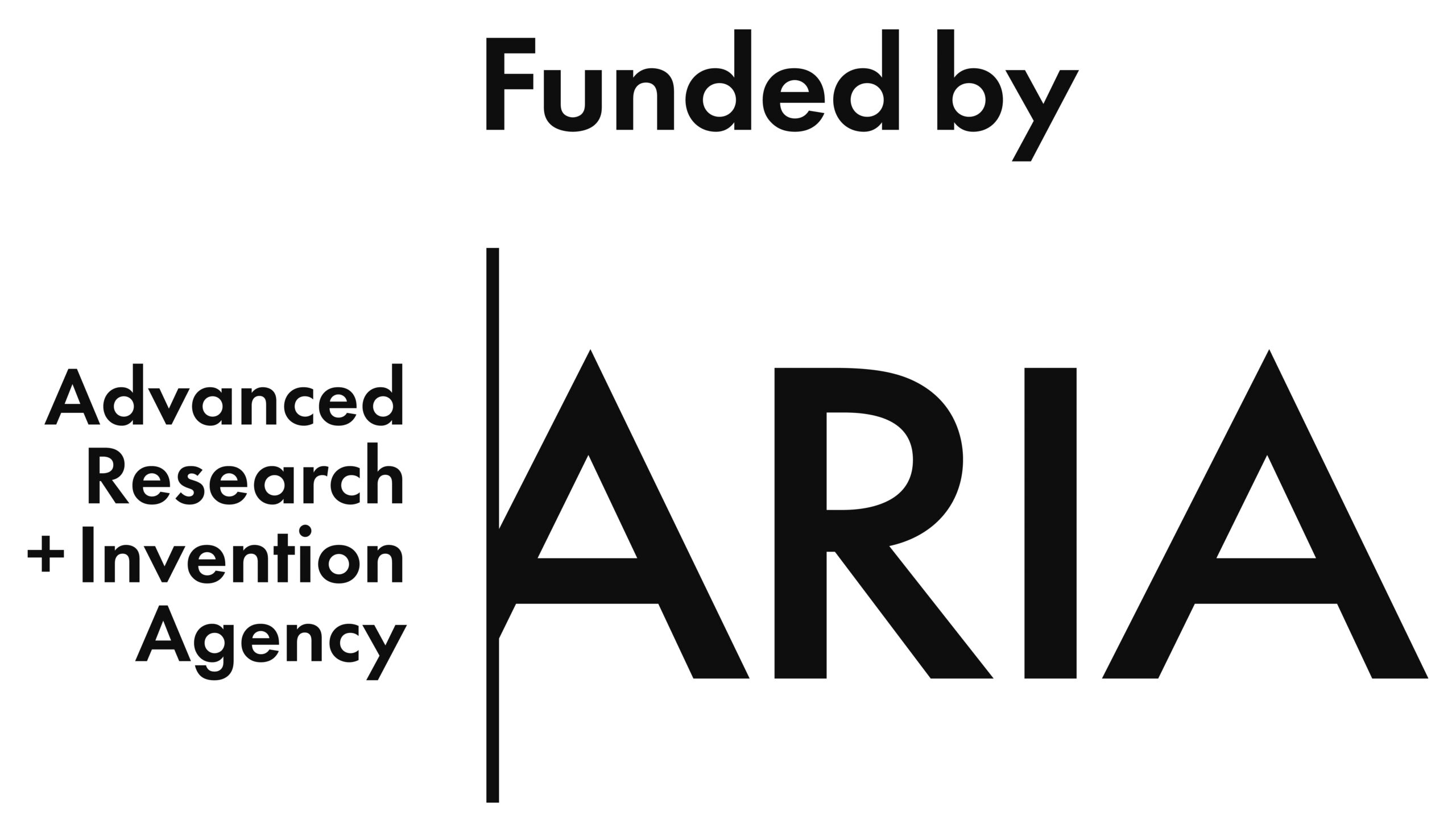2025-2027 Advanced Research + Invention Agency (ARIA)
"Combining Physical and Intentional Stance for Safe AI"

Manuel Baltieri (Co-PI) (Oct, 2025 - Jun, 2027)
This project is developing a formal mathematical link between a concrete description of a system’s behaviour (such as an AI’s underlying code, for example) and any emergent, goal-seeking behaviour that it might have. The team aims to understand when exactly dynamical systems, including those that have no known goals, can be viewed as goal-directed agents. Their core idea is to define an agent as a pair: a physical system (like a machine’s code) and a consistent intentional description (interpreting the code in terms of subjective beliefs and goals). These two are linked by a mathematical “interpretation map,” proving that the system’s actions implement optimal, goal-seeking behaviour. This foundational work will ultimately lead to new tools for verifying that an AI’s actions are consistent with its intended purpose.




